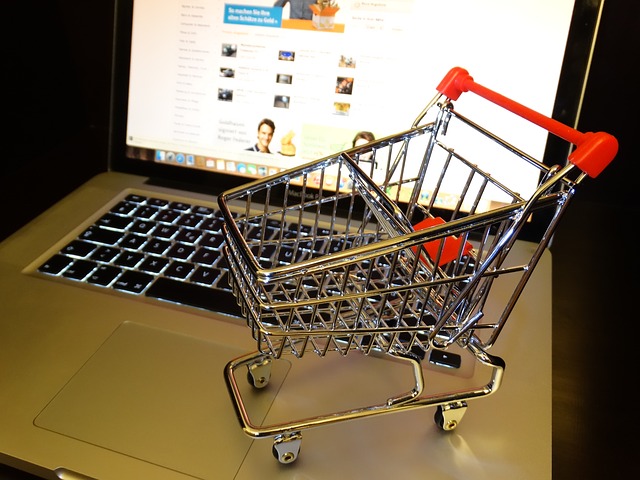- Category: July 2015: Real (Right)-Time Marketing
 Thanks to the mobile Internet, social networking and mobile technology, consumers are nowadays usually online. Now, in order for retailers to be able to compete in this omni-channel world, they need to take advantage of this "always on" culture, because the secret is all about offering the right product, at the right time, to the right consumer – which is made possible by addressing customers in real-time.
Thanks to the mobile Internet, social networking and mobile technology, consumers are nowadays usually online. Now, in order for retailers to be able to compete in this omni-channel world, they need to take advantage of this "always on" culture, because the secret is all about offering the right product, at the right time, to the right consumer – which is made possible by addressing customers in real-time.
Epsilon, the leading provider of dialog marketing services, shows how traders can use the sales approach in real-time effectively by just considering a few small steps, however, mainly engaging with a completely new agency model that places the consumer dominated shopping world at the center. We all know that people take decisions often spontaneous, which is why traders should lose no time and tackle the subject of real-time communications sooner rather than later. Epsilon shows in the following steps how to do this best:
1. At the beginning, traders should think about what they want to achieve through real-time communication and define the main features that have to take place in "real time". Based on these considerations, it is then time to develop a plan for the form of real-time communication that suits their target group, their product range, and their resources.
2. In the next step, the vendors should look at the channels in which they are already using technologies that support real-time initiatives. If the dealers are also active in ecommerce, they can for sure benefit from the surf- and click behavior of their customers: They could then e.g. make suitable product suggestions to the customer when a product is placed into the shopping cart; or if a customer cancels the purchase, it is advisable to send an email with content such as "Here is another product that you might like " or "Get a discount of 15 percent on your next (category-specific) shopping".
3. The segmentation of the customers plays a major role as well; hence, vendors that send all their customers the same content should change their segmentation strategy. They should instead begin to gather relevant information on the stage of life of the customer, the purchase history, browsing behavior and individual preferences, and use that information for a personalized, predictive segmentation.
4. Once the roadmap is fixed, it is all about improving the performance with other components. An effective way to collect email addresses, while optimizing customer loyalty and brand experience, would be for example be possible by offering digital invoices in retail stores as well. That way such data could be used by the dealer to address customers when integrating product recommendations and tailored offers.
5. As a final step, retailers should allow customers to check their inventory on the availability of a product. All they need to do is to link the merchandise management system with all communication channels, so that the customer can check the availability of a product on his/her preferred device.
Always keep in mind that real-time communication means to simplify processes. Of course, the implementation involves some challenges and costs as well, but the retail industry should not be deterred by that. If retailers facilitate their customers’ ability to find and buy products, besides saving them time by providing relevant communications and offers, they will repay them with loyalty.
By Daniela La Marca


